In every professional Overwatch broadcast, a caster or analyst will inevitably mention a “dive” composition. A popular composition since the game’s inception that was refined during early Overwatch tournaments, dive feels like it’s been around forever. For new fans, however, this omnipresent, unexplained phenomenon must be confusing.
As the composition moves back into the forefront thanks to recent hero balance changes, fans new and old may require a refresher course on the intricacies of dive. Here’s a full overview of dive, its pros and cons, and its history in competitive Overwatch.
What is dive?
A dive composition is, honestly, exactly what it sounds like. This composition revolves around quick attacks in which the majority of a team focuses a specific target, jumping on them in a coordinated maneuver. Teams “dive” onto an easy target, like a Mercy or Zenyatta, to eliminate them. By gaining this quick advantage, an aggressive team can easily capture a point.
If you’re familiar with other Overwatch team compositions, think of dive as the polar opposite of the “bunker” composition. Teams running a dive composition are taking the offensive and constantly moving around instead of being tethered to one solid, defensive position.
Dive has been a staple composition in Overwatch for years, but like many classic compositions, it’s morphed into different forms as heroes were added or rebalanced. We’ll divide up dive composition into “classic” dive and the “modern” dive compositions of 2020.
Classic dive
In 2017 and 2018, especially at the beginning of the first Overwatch League season, dive was one of the most popular compositions for teams to specialize in. This intense practice and widespread usage led to the dive compositions we see today. But it all started with a specific lineup of heroes.
Interestingly enough, the classic dive composition actually fits within the current role lock style of competitive Overwatch. Before late 2019, teams weren’t restricted to two tanks, two supports, and two DPS heroes per game, but dive compositions fit within those limits naturally.

Winston and D.Va are still known as the “dive tanks,” quick-moving and ready to jump onto unwary targets. Genji and Tracer were the classic choices for dive DPS, able to flit effortlessly around the map and finish off weak targets.
Lúcio was an integral dive support thanks to his speed boost ability, which allowed the team to escape dangerous situations or commit to an attack. Zenyatta, who then had a much more powerful Orb of Discord, could help his team inflict massive damage on a single target. Ana or Mercy were also commonly substituted for Lúcio based on a team’s needs, especially in the Overwatch League.
Modern dive
Dive faded from the Overwatch vernacular in 2019 when GOATS dominated, but it’s seen a resurgence in different forms during 2020. “Dive” has now expanded, as a term, to include many unique compositions that revolve around taking down targets as quickly as possible. Compositions are much less rigid thanks to the addition of new heroes that fit the spirit of dive.
A good example is speedy tank Wrecking Ball, who can partner with D.Va or Winston to disrupt supports or bunker compositions. Sombra is now often played as a key part of dive compositions, using her hack ability to disable an enemy before her allies bring the big attack.

Support Brigitte, who was originally supposed to counter dive compositions but also largely enables them, has been an unexpected addition to many teams’ dive setups. Ana is run more often than classic dive supports Zenyatta and Lúcio due to her immense healing and Nano Boost ultimate.
At this point in 2020, “dive” can refer to just about any composition that relies on quick elimination of targets. Over the years, the only thing that hasn’t changed is the necessary focus on positioning. As Josh “Sideshow” Wilkinson wrote in a 2018 article, “The location of each player on the map determines how much value they get out of their abilities, how much damage they do, how much support they get from their teammates, and whether they can escape from a bad situation.”
Pros and cons
No matter what heroes are slotted into the dive composition, coordination is absolutely paramount to success. One hero out of place or one ability triggered a nanosecond late on an attack can render a dive useless. For this reason, dive often isn’t seen in lower ranks of competitive Overwatch. The level of communication necessary to run a successful dive isn’t accessible for most players. Even for professional teams, the execution of a successful dive composition is difficult.
Dive shines on the attack, whether you’re taking a point on Assault or creating space on a Hybrid map. Defensive dive can also be used by certain teams that have incredibly strong tank players who can take space and isolate enemy players for elimination. It’s a significant risk to run dive as a defensive maneuver, though. If one support or tank is eliminated, the entire defensive line can easily collapse.
Enemy teams can also choose to run “counter dive” heroes or compositions. McCree, for example, can use Flashbang to stun a Tracer or Genji and eliminate them before the dive is executed. Brigitte, for all her enabling of dive thanks to Armor Packs, can also stun dive heroes out of position. Large, high-health heroes like Roadhog, Orisa, and Reinhardt can reasonably stand up to dive compositions as well.
To this day, the best place to see, appreciate, and understand a dive composition is the Overwatch League and Overwatch Contenders. Keep an eye on teams that select fast-moving tanks, like Winston or D.Va, and watch as their damage dealers follow the lead of the frontline.


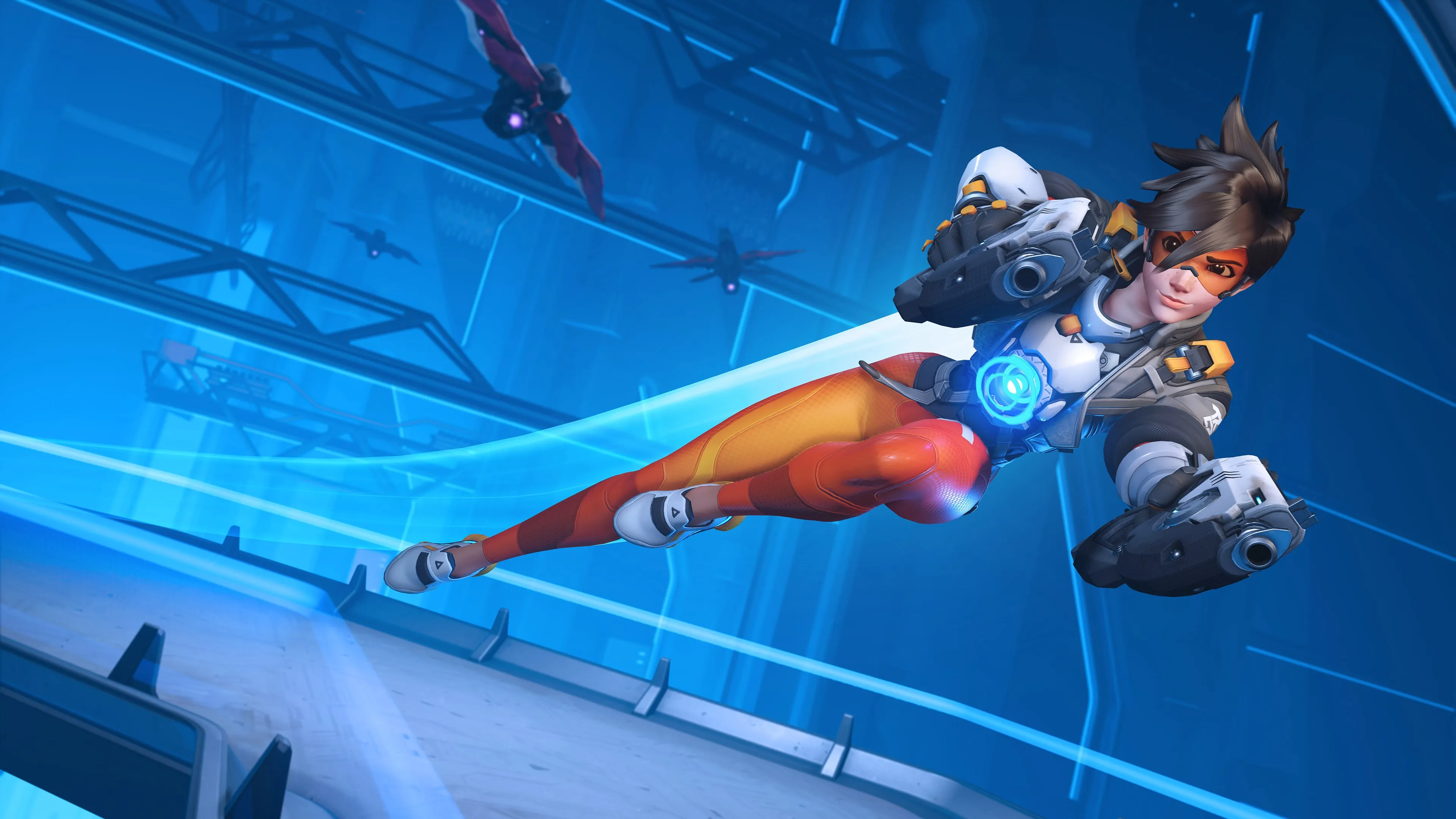
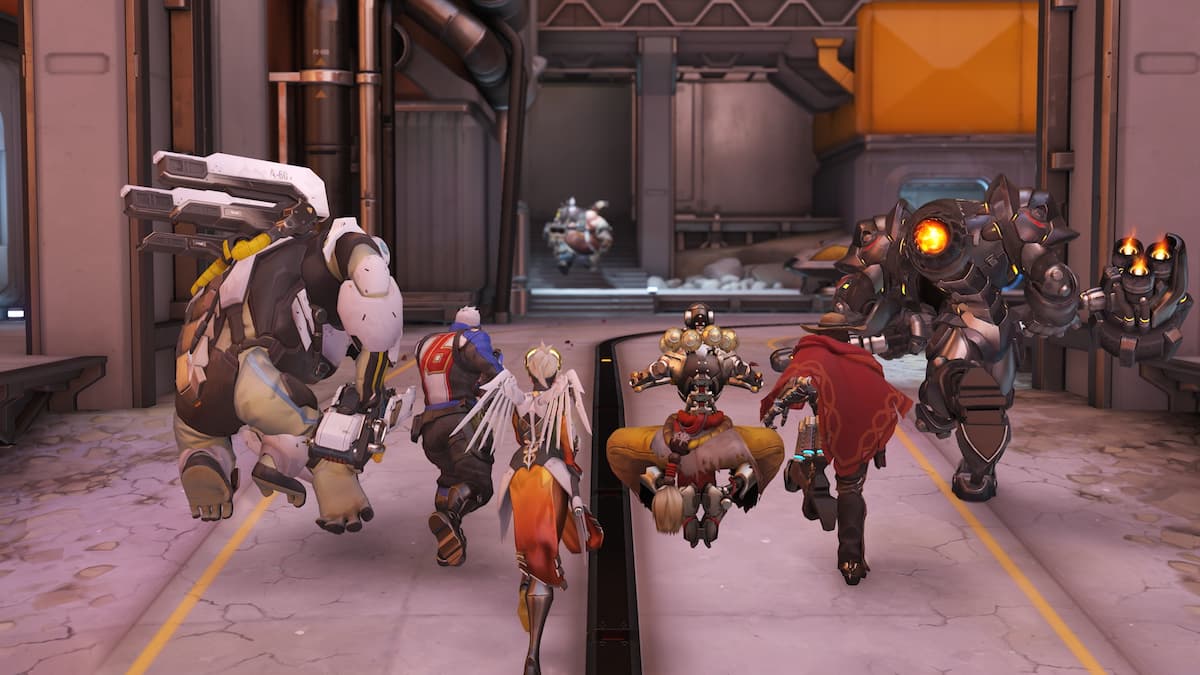

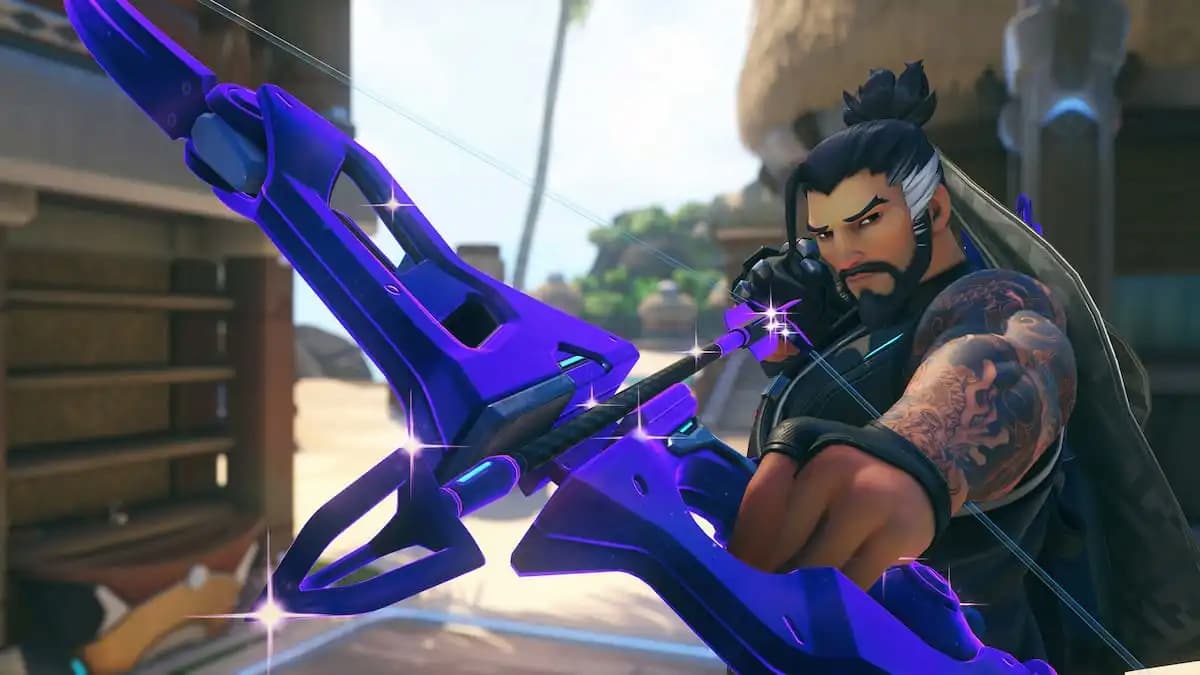
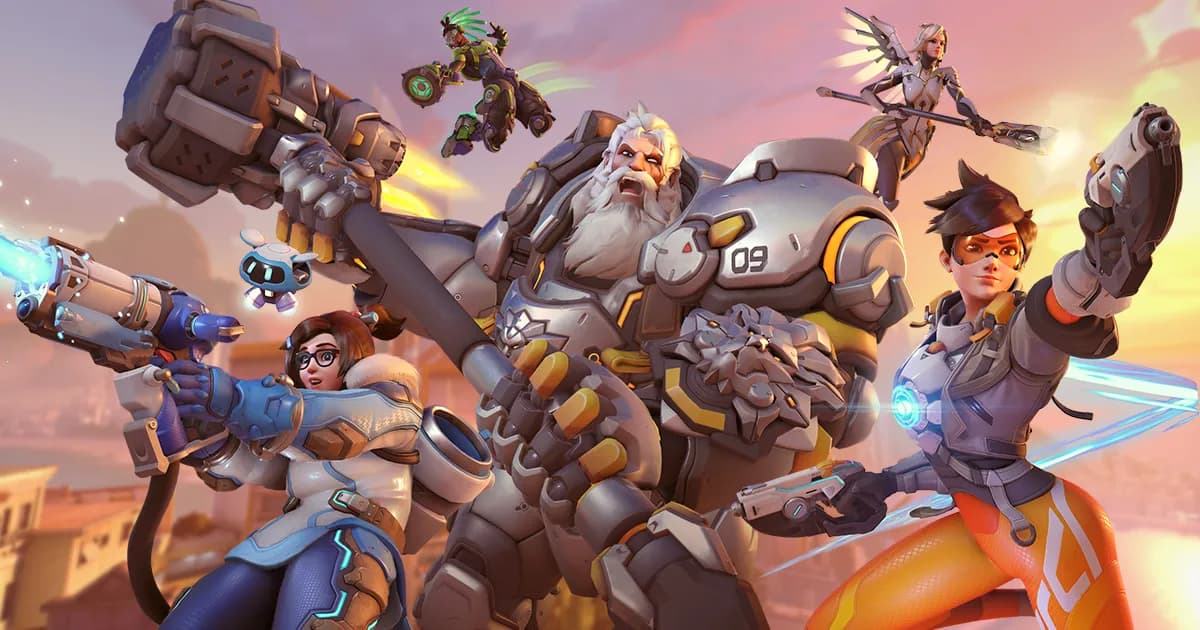
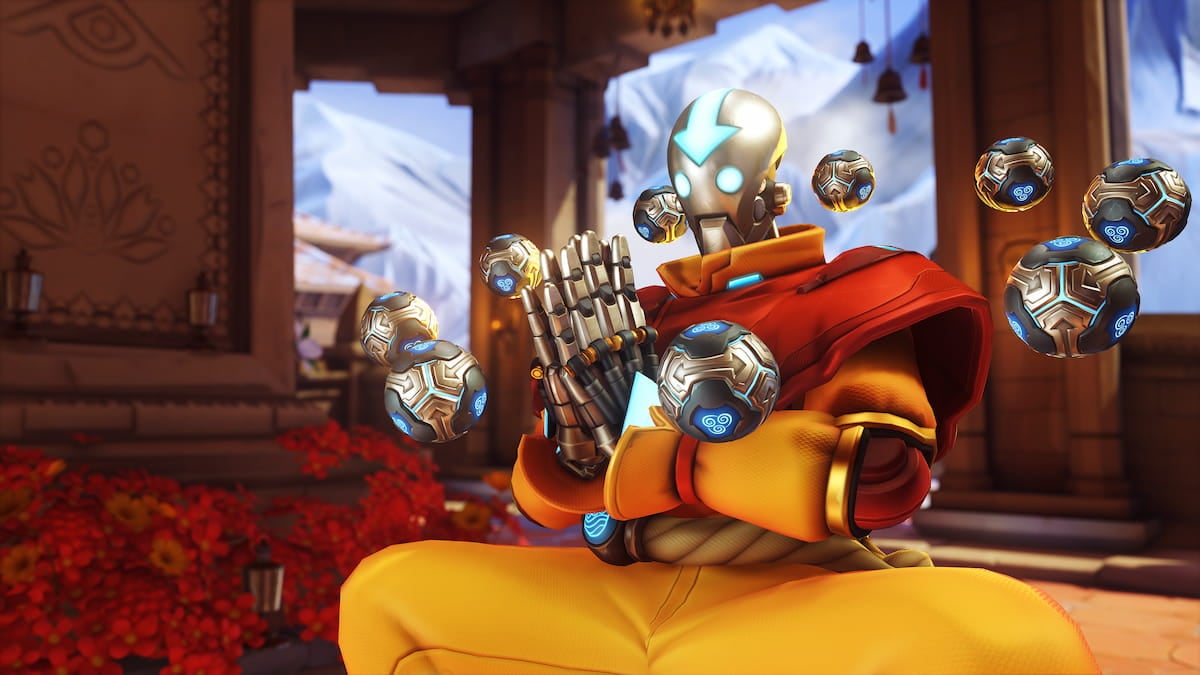
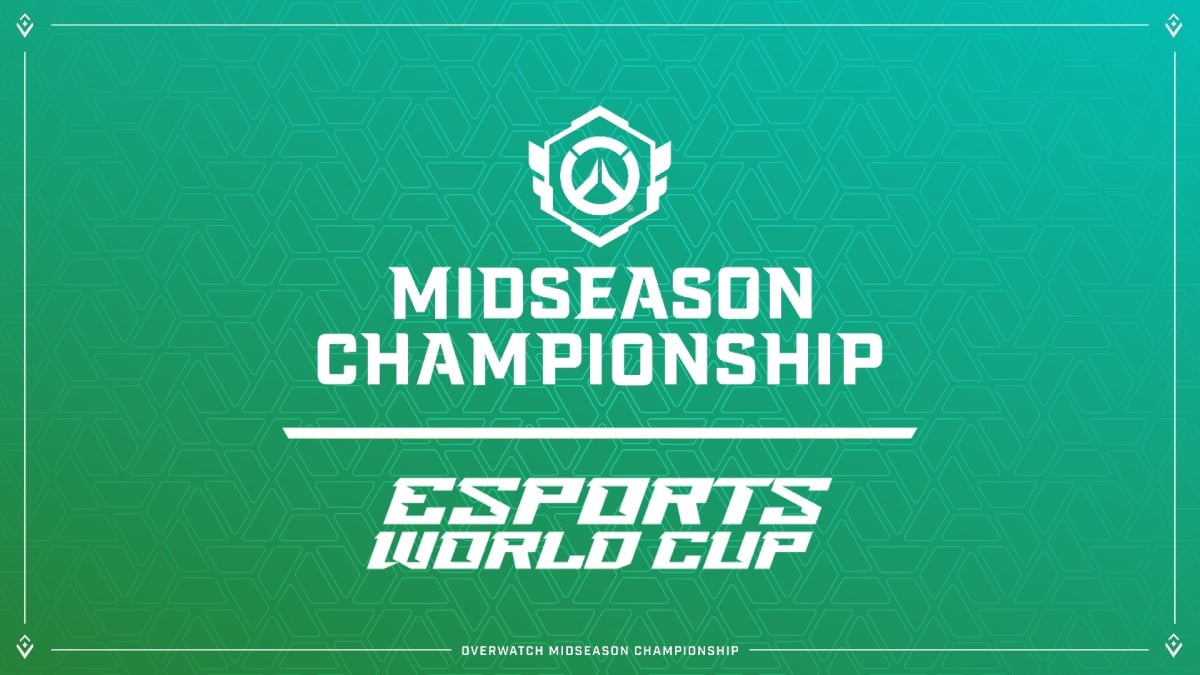
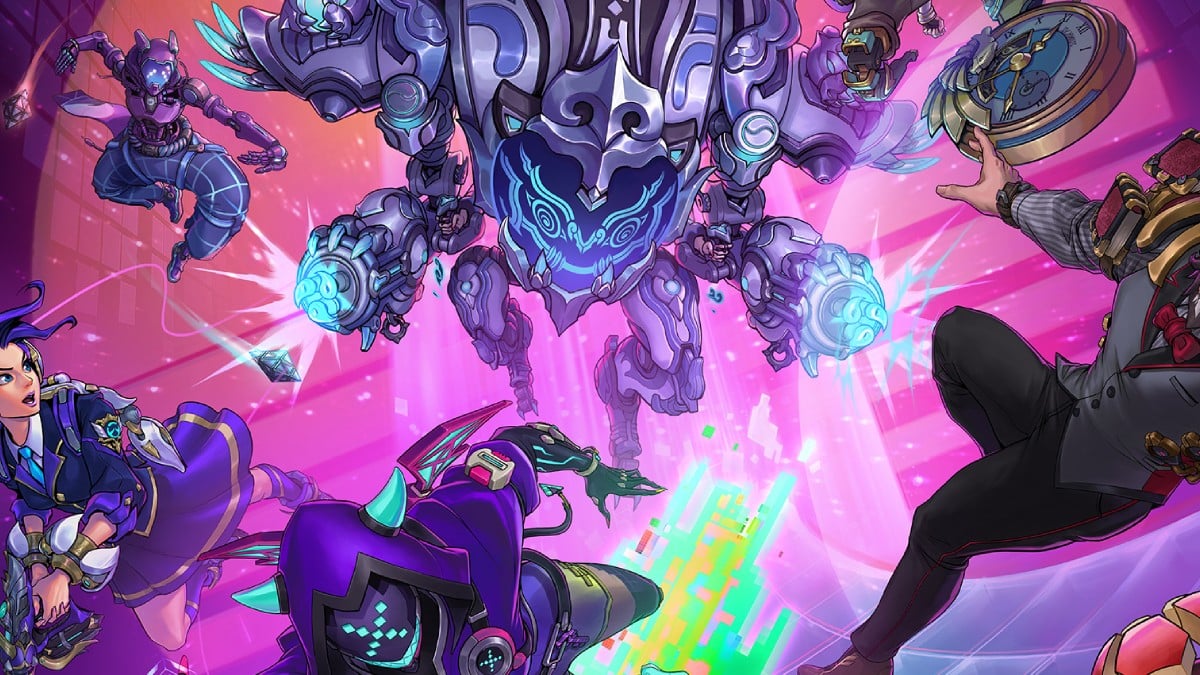
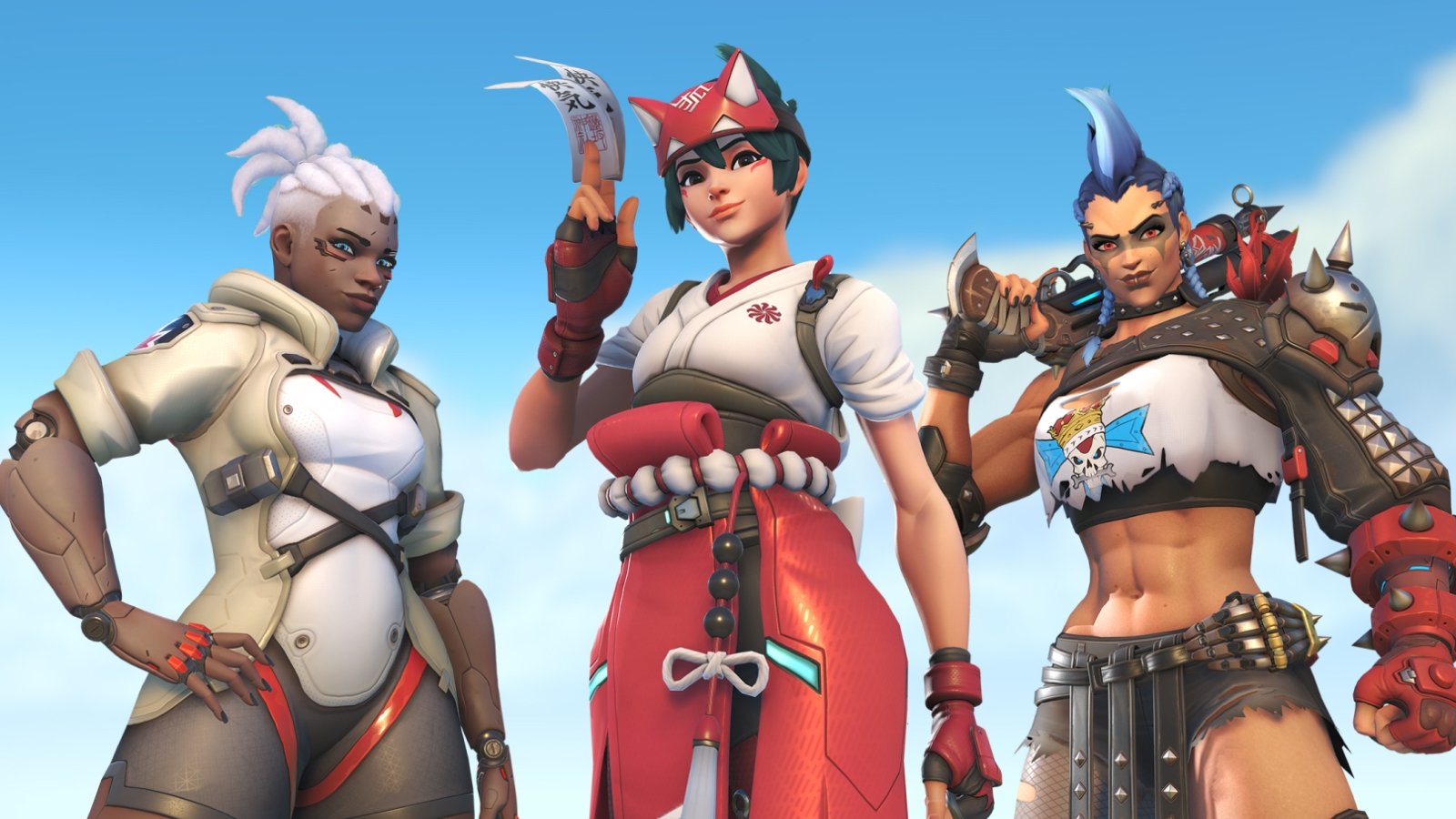
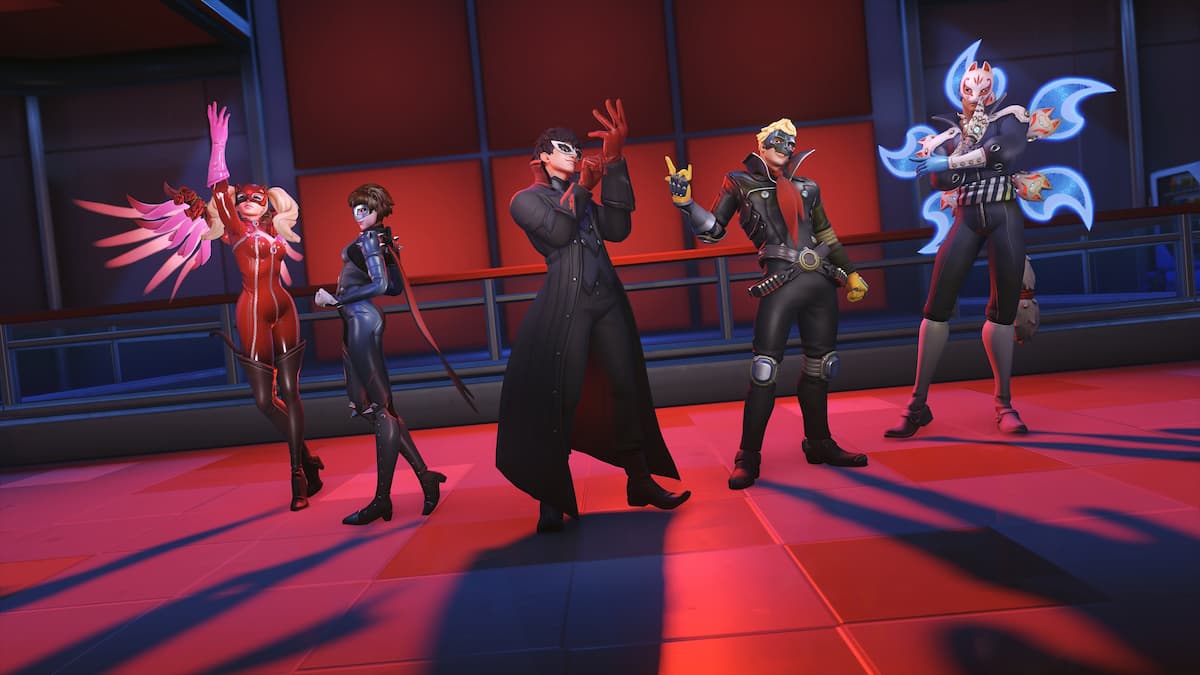
Published: Aug 26, 2020 04:34 pm